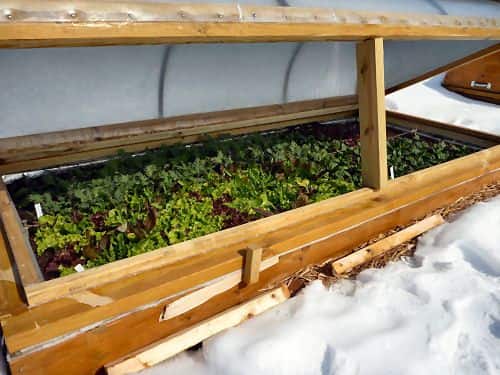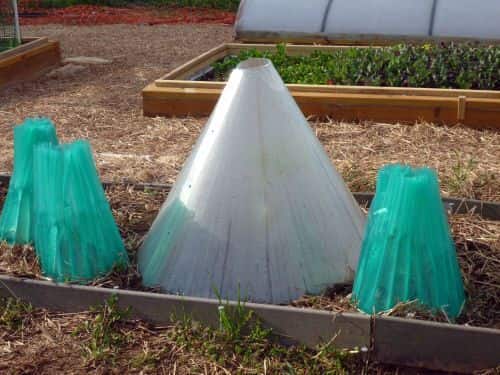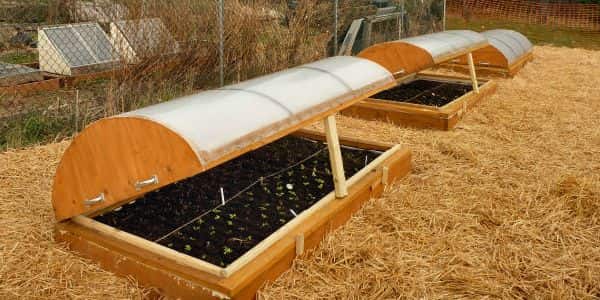Three types of solar gardening structures are creating brighter opportunities for K-5 students at Linton Springs Elementary
For more than two years, Anna Letaw, master gardener and volunteer coordinator for the Linton Environmental Education Program, invested countless hours in planning and overseeing the addition of three solar garden beds, four solar cones and a solar food dehydrator to enhance the schools already successful 1,500-square-foot vegetable garden.
Solar beds typically are sunk down below ground level to create a warmer, insulated growing environment, and a transparent lid is added for a greenhouse-like effect.
The wood-frame solar beds at Linton Springs Elementary were installed around 24-inch deep trenches. The lids (the most significant cost of the project) were made from two sheets of solar glazing (a translucent fiberglass material) with a layer of angel hair insulation sandwiched in between. This lid design allows light through and traps heat from the sun outside, in addition to heat that is slowly released from the soil inside.

“Solar beds are somewhat expensive to build, but we can use them to grow so many things: lettuces, spinach, kale, mustard and beet greens and early spring vegetables,” Anna explains. “They provide a winter gardening experience for the kids. They’re a great opportunity for lessons about the seasons and the rotation of the earth. Once our cool-weather vegetables are done for the season, we’ll remove the lids and plant warm-weather crops like tomatoes, peppers and beans. The tomatoes will produce fruit until the first hard frost, so before that frost hits, I’ll put the lid back on and we’ll be able to harvest tomatoes probably until December or until there is no more fruit to pick.”
Anna also has singlehandedly constructed a series of four solar cones made of the same solar glazing material. Each cone is approximately 3 ft. in diameter at the bottom opening and approximately 3 ft. tall.

A solar cone is a season extender that works like a garden cloche. The cone is simply placed over an individual plant or a group of small plants to create an insulated, greenhouse-like growing area. These cones can be used to start vegetables earlier in the spring and to help protect delicate plants in cooler fall weather.
Solar cones can be an alternative to solar garden beds, especially in warmer climates where they’re only needed for a small part of the year. The cones are much less expensive to build, and easier to maneuver and store.
Not only are Linton Springs students getting hands-on experience with solar equipment to improve crop yield, they’ll also soon be harnessing the power of the sun to preserve foods they grow, thanks to a solar dehydrator built by a local Cub Scouts troop.
Constructed out of a 55-gallon metal drum turned on its side, the dehydrator is painted black on the outside and topped with another piece of solar glazing on top to create a tent that captures enough heat inside to dry the vegetables.
In addition to giving the garden a boost, projects like these shed light on how important the sun is to human survival and our food supply, deepening kids’ connection with our planet, the universe and beyond.
Solar Gardening Resources
- Solar Gardening: Growing Vegetables Year-Round the American Intensive Way by Leandre Poisson and Gretchen Vogel Poisson
- How to Use Solar Energy to Increase Harvests
- How to Make a Solar Food Dryer
- How to Dry Foods with the Sun



